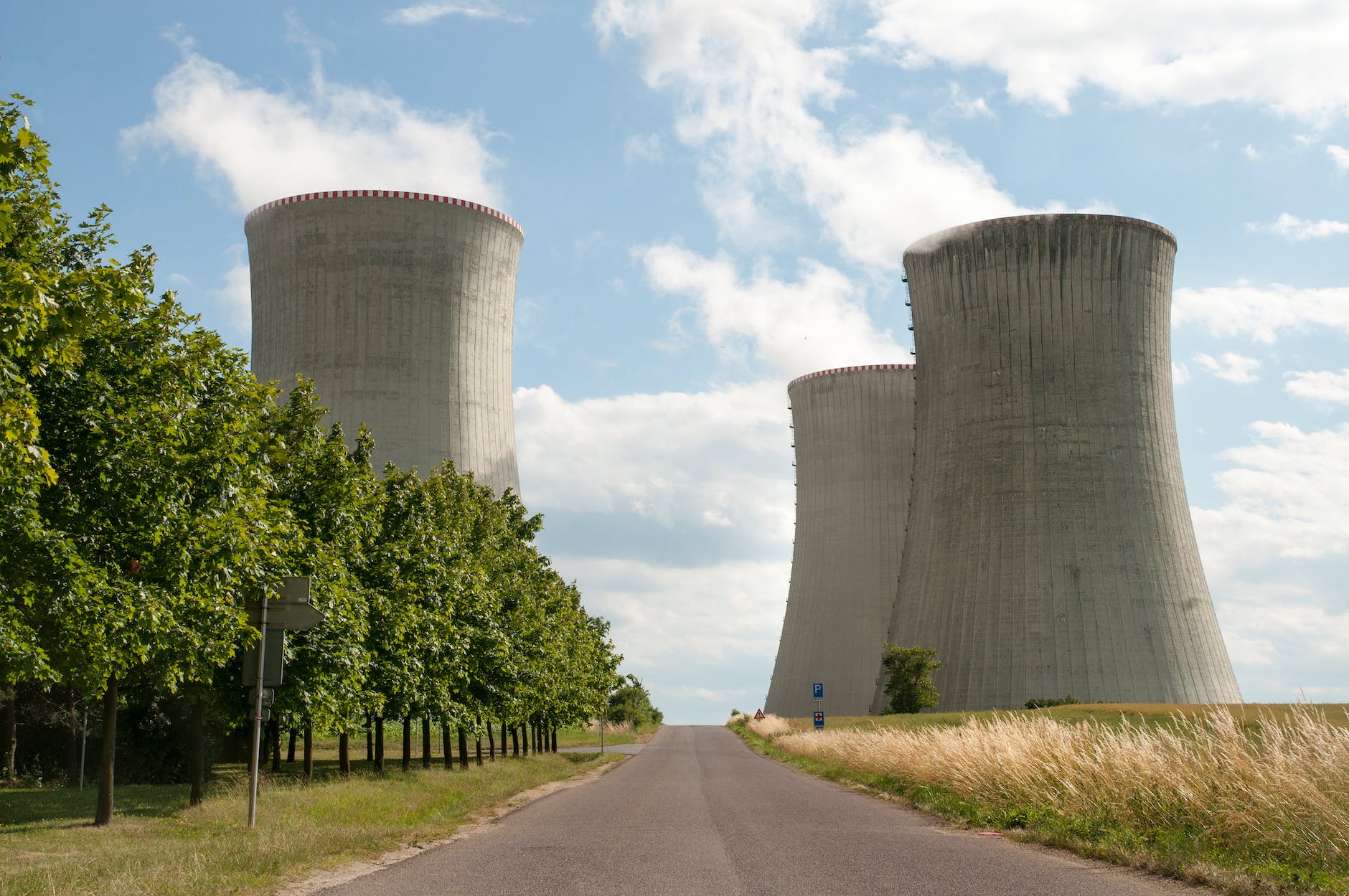
Welcome, young scientists, to an exciting journey into the world of nuclear energy! In this guide, we will explore the advantages and disadvantages of nuclear power, a fascinating source of energy that has both incredible potential and challenges. By the end of this article, you’ll have a better understanding of how nuclear energy works and its impact on our world.
What is Nuclear Energy?
Nuclear energy is a type of energy produced by the splitting (fission) or combining (fusion) of atoms. It is harnessed through nuclear power plants to generate electricity, just like how wind turbines use wind and solar panels use sunlight.
Pros of Nuclear Energy:
- Clean Energy: Nuclear power plants produce electricity without emitting harmful greenhouse gases, helping to combat climate change and reduce air pollution.
- High Energy Output: Nuclear energy has a much higher energy output compared to other traditional sources like coal or natural gas, which means it can provide a lot of electricity with a smaller amount of fuel.
- Reliable Power Source: Nuclear power plants can run continuously for long periods, providing a stable supply of electricity to homes and businesses.
- Low Fuel Costs: While the initial setup costs for a nuclear power plant can be high, the cost of fuel used in generating electricity is relatively low.
- Fuel Availability: Uranium, the primary fuel used in nuclear reactors, is abundant in many parts of the world, ensuring a steady supply for a long time.
Cons of Nuclear Energy:
- Radioactive Waste: One significant challenge of nuclear energy is the production of radioactive waste, which needs to be stored safely for a very long time.
- Nuclear Accidents: Although rare, nuclear accidents can have severe consequences for the environment and human health, as seen in past incidents like Chernobyl and Fukushima.
- High Initial Costs: Building nuclear power plants requires substantial upfront investments, making it costly to establish new facilities.
- Limited Lifetime of Reactors: Nuclear reactors have a finite lifespan, usually around 40-60 years, and decommissioning old plants can be complex and expensive.
- Security Risks: Nuclear facilities and materials need stringent security measures to prevent misuse or unauthorized access.
Conclusion:
Nuclear energy is a powerful and complex energy source with both benefits and challenges. It’s crucial for scientists, policymakers, and society to weigh the pros and cons carefully when considering its role in the future. As young learners, understanding these factors will help you make informed decisions and contribute to the ongoing dialogue about our energy choices.
Remember, knowledge is a key ingredient in shaping a sustainable and bright future for our planet. So, keep asking questions, exploring science, and being curious about the world around you! Happy learning, young scientists!
Did You Know?
- The first full-scale nuclear power plant to generate electricity for public use was the Shippingport Atomic Power Station, located in Pennsylvania, USA. It began producing electricity in 1957.
- The largest nuclear power plant in the world, in terms of electricity production, is the Kashiwazaki-Kariwa Nuclear Power Plant in Japan. It has a total capacity of about 8.2 gigawatts.
- Nuclear power plants can operate for long periods without interruptions. Some reactors have run continuously for more than 500 days!
- Nuclear energy is used not only for electricity production but also for powering some spacecraft, like those exploring outer space. The Mars rovers, for instance, use radioisotope thermoelectric generators (RTGs) to generate electricity from the heat produced by decaying radioactive isotopes.
- Nuclear power provides approximately 10% of the world’s electricity, and some countries rely heavily on nuclear energy to meet their energy demands. For instance, France generates about 70% of its electricity from nuclear power.
- The process of nuclear fission releases an enormous amount of energy. In fact, one kilogram of uranium-235 can produce as much energy as burning 1,500 tons of coal!
Test Your Knowledge With this Quiz
Here’s a small quiz to test your knowledge about the pros and cons of nuclear energy:
- What is nuclear energy?
- a) Energy produced from burning fossil fuels
- b) Energy harnessed through the splitting or combining of atoms
- c) Energy generated from solar panels
- What is the primary fuel used in nuclear reactors?
- a) Coal
- b) Uranium
- c) Natural gas
- Which of the following is a CON of nuclear energy?
- a) High energy output
- b) Radioactive waste disposal
- c) Abundant fuel availability
- What is one significant challenge associated with nuclear energy?
- a) High fuel costs
- b) Low energy efficiency
- c) Production of radioactive waste
- Which energy source has a much higher energy output compared to other traditional sources like coal or natural gas?
- a) Wind energy
- b) Solar energy
- c) Nuclear energy
- True or False: Nuclear energy produces electricity without emitting harmful greenhouse gases.
Answers:
- b) Energy harnessed through the splitting or combining of atoms
- b) Uranium
- b) Radioactive waste disposal
- c) Production of radioactive waste
- c) Nuclear energy
- True

